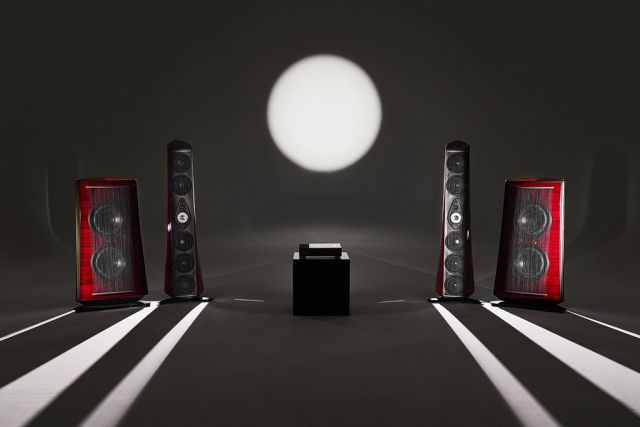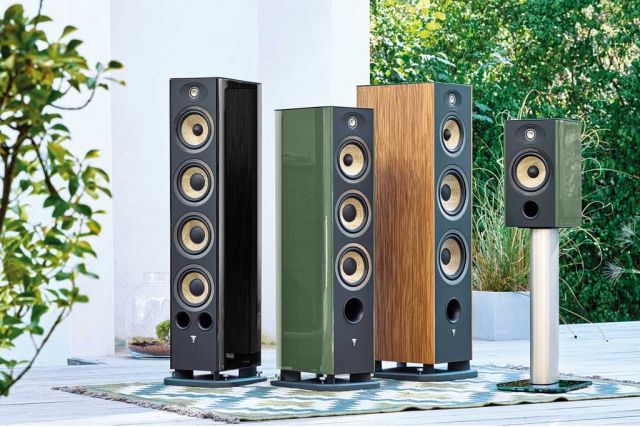
- Articles
- Posted
Sony CDP-101
Even the longest journey has to begin with the first step. For Sony, one of these steps was to release the CDP-101 player, which launched the adventures of the Compact Disc format. So this is genesis - the first audiophile CD player. The device was released in 1982 and followed by the first compact album - reissued "52nd Street" by Billy Joel. Sony was ahead of their partner in creating the CD format because Philips unveiled its first player a month later (it was the CD-100). This player was based on a CX-20017 16-bit D/A converter made by Sony (like most of the electronics used for the construction of this machine) and the KSS-100A laser module. These days the CDP-101 was one of the most advanced devices for general commercial use with 34 chips onboard.
CDP-101's launch took place on October 1, 1982. The price on the day of launch in the Japanese market was 168,000 yen. Sony was one month ahead of Royal Philips Electronics, which launched its first consumer CD player, the Philips CD-100, on November 1, 1982. The first devices hit the US market at the beginning of 1983, and the last left Sony's factory in early 1985. At the time of its market debut, the CDP-101 was one of the most complex devices for general use in the world. The player contains three microprocessors, four high-scale integration integrated circuits, a 16-bit D/A converter, and a large number of elementary integrated circuits, both analog and digital. The KSS-100A head assembly is based on a semiconductor emitter and a matrix laser beam detector. The servo-control block is mainly based on elementary operational amplifiers.

As the device did not perform oversampling and digital filtering, it was equipped with precise Murata quartz filters that remove the artifacts resulting from the digital-to-analog conversion. A precise, brushless synchronous motor controlled by hall sensors was used to make the discs spin. The device also includes a 26-pin output port, marked by the manufacturer Accessory Connector. Originally, it was to be used to connect additional external modules that would display graphics from CDs. However, this idea was abandoned and later versions of Sony's players have been deprived of this connector. Another solution used in this device is the Anti Shock system, which appeared in competitors' devices many years later. As for technical parameters, the frequency range extending from 5 Hz to 20 kHz and THD at 1 kHz was 0.004% - very good even by today's standard. If you liked the CDP-101, you could buy some extras like the RM-101 remote control, the TAC-101 wooden enclosure, or the device named RM-65 to synchronize the operation of the CD player and your tape recorder.

To this day, the CDP-101 looks pretty impressive, and now it's famous not only for being the first but also for its durability. Finding the CDP-101 in very good condition is not a problem. An interesting fact is that the player had no stop button - this function was somehow done by the reset button which also allowed you to reset the electronics and set the mechanism in the initial position. If you are interested in this player, keep in mind that we are talking about a device that was produced in 1982-1985. It has been well over thirty years and you never know what happened to it during this time. The first players that left the factory used the Sanyo STK - 6922 lasers, which turned out to be not as reliable as they thought they would be. So later Sony developed its own BX1201 system, which turned out to be much more durable in use. But regardless of the technical condition and sound, the CDP-101 will always be the first CD player ever.






